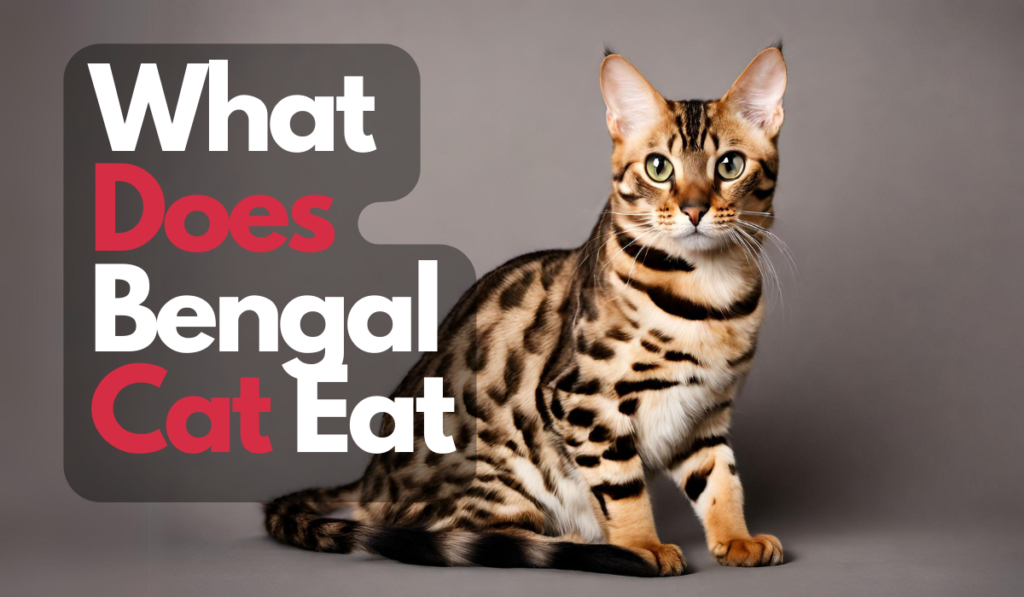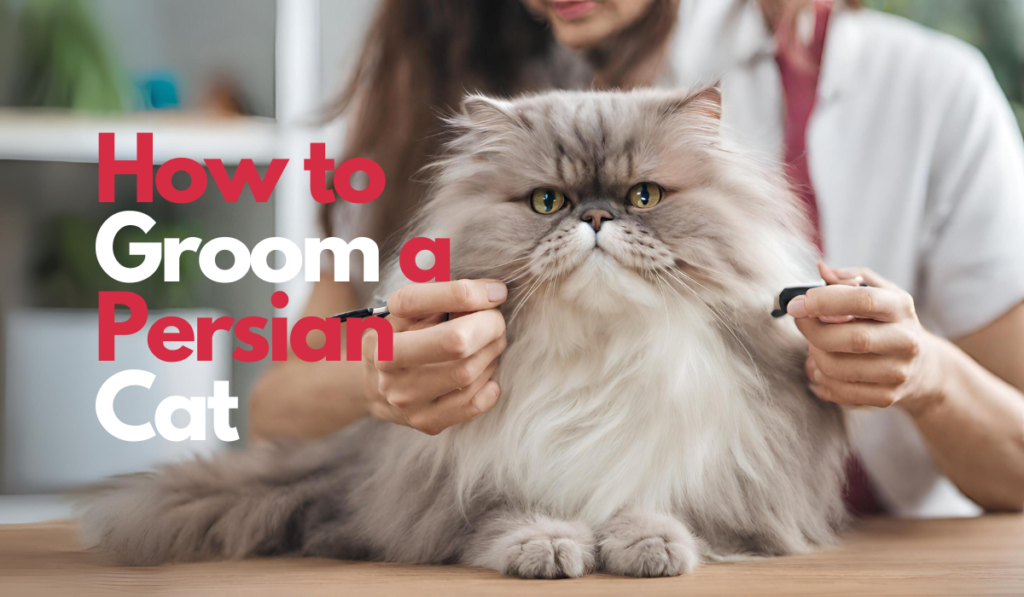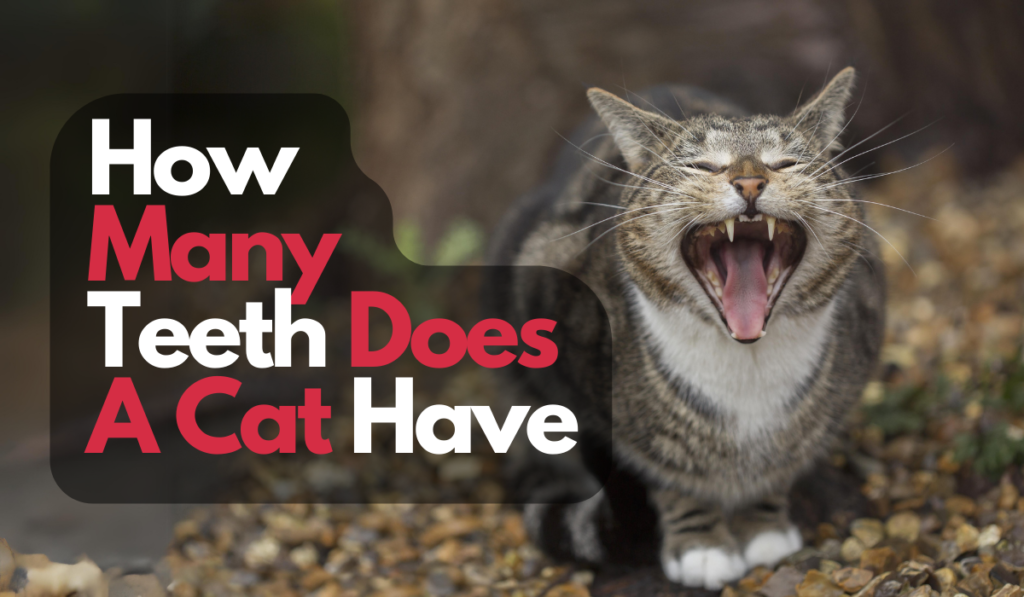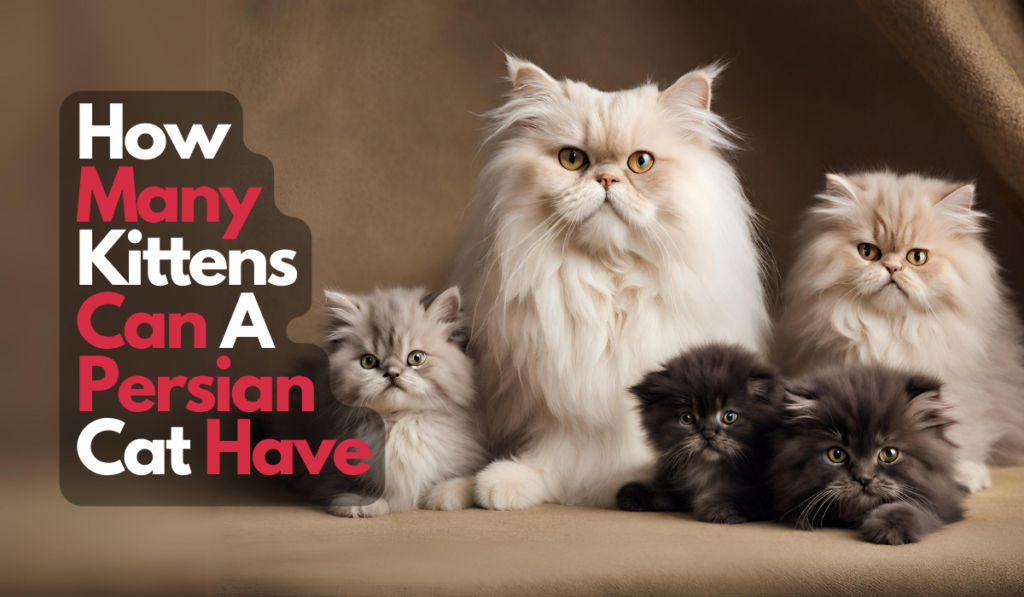As a Bengal cat owner, you’re likely always on the lookout for the best diet for your distinctive feline companion. Bengal cats, with their exotic origins from the crossbreeding of domestic cats and Asian leopard cats, stand out for their unique appearance, personality, and high energy levels. In this article, I’ll share my insights on what constitutes an ideal diet for these unique cats, ensuring they thrive and stay healthy.
Bengals are obligate carnivores, and their bodies are adept at processing meat. In the wild, their diet would consist of rodents, birds, and lizards. To keep your Bengal cat healthy, it’s important to provide a diet that closely resembles what they would eat in their natural habitat.
Understanding Bengal Cats’ Nutritional Needs

Bengal cats, like all felines, are obligate carnivores. This means their bodies are finely tuned to derive nutrition primarily from meat. In their natural habitat, Bengals would typically feast on a variety of prey like rodents, birds, and lizards. When choosing food for your Bengal, it’s essential to emulate this natural diet as closely as possible.
Types of Cat Food: Pros and Cons
When exploring cat food options, you’ll find three main types: dry, wet, and raw. Each type has its benefits and drawbacks:
- Dry Food: Convenient and economical, but often low in moisture and high in carbohydrates.
- Wet Food: Higher in moisture and protein, closely mimicking a natural diet.
- Raw Food: Offers a diet close to what Bengals would eat in the wild, though it requires careful handling to avoid bacterial contamination.
Choosing the Right Type of Cat Food
There’s a wide range of cat food available, including dry, wet, and raw options, each with its own pros and cons. It’s crucial to consider your Bengal’s individual preferences, health needs, and lifestyle:
- High-Protein Content: Bengals require a diet rich in protein to support muscle growth and development. Opt for foods with at least 40% animal-based protein sources like chicken, turkey, fish, or beef. Plant-based proteins are a no-go for these carnivores.
- Moderate Fat Levels: Bengal cats need a moderate amount of fats for energy and essential fatty acids. Aim for foods with at least 15% fat content from sources like chicken fat or fish oil. Steer clear of vegetable oils and animal by-products.
- Low Carbohydrates: Bengals don’t fare well on high-carb diets. Look for foods with less than 10% carbohydrate content, preferably from low-glycemic sources like sweet potatoes or peas. Grains can often lead to digestive issues in Bengals.
- Hydration is Key: Bengal cats need to stay well-hydrated to avoid urinary tract problems. Wet or raw foods are great for hydration, but always ensure fresh water is available. Be cautious with dry foods high in salt or preservatives.
- Essential Supplements: Supplements like vitamins, minerals, antioxidants, probiotics, and especially taurine are beneficial for your Bengal’s health. Taurine is vital for heart and eye health in cats. Avoid foods with artificial additives that might cause allergies or behavioural issues.
Recommended Cat Food Brands

Some cat food brands that cater well to Bengal cats include Royal Canin Bengal Breed Adult Dry Cat Food, Blue Buffalo Cat Food, and Crave Grain Free High Protein Dry Cat Food. However, it’s always wise to consult with your vet for personalized advice based on your cat’s unique health profile.
Creating a Balanced Diet for Your Bengal Cat
- Understand Individual Needs: Each Bengal cat is unique. Pay attention to their preferences and health requirements.
- Regular Vet Check-ups: Regular check-ups can help tailor the diet to your cat’s specific health needs.
- Monitor Weight and Health: Keep an eye on your Bengal’s weight to adjust their diet accordingly.
Conclusion: The Joy of a Well-Fed Bengal
Feeding your Bengal cat a balanced, nutritious diet is a key aspect of ensuring their well-being. By following these guidelines, you’re not just feeding them; you’re enriching their life. Enjoy the journey of discovering what works best for your Bengal and watch them thrive under your care.







